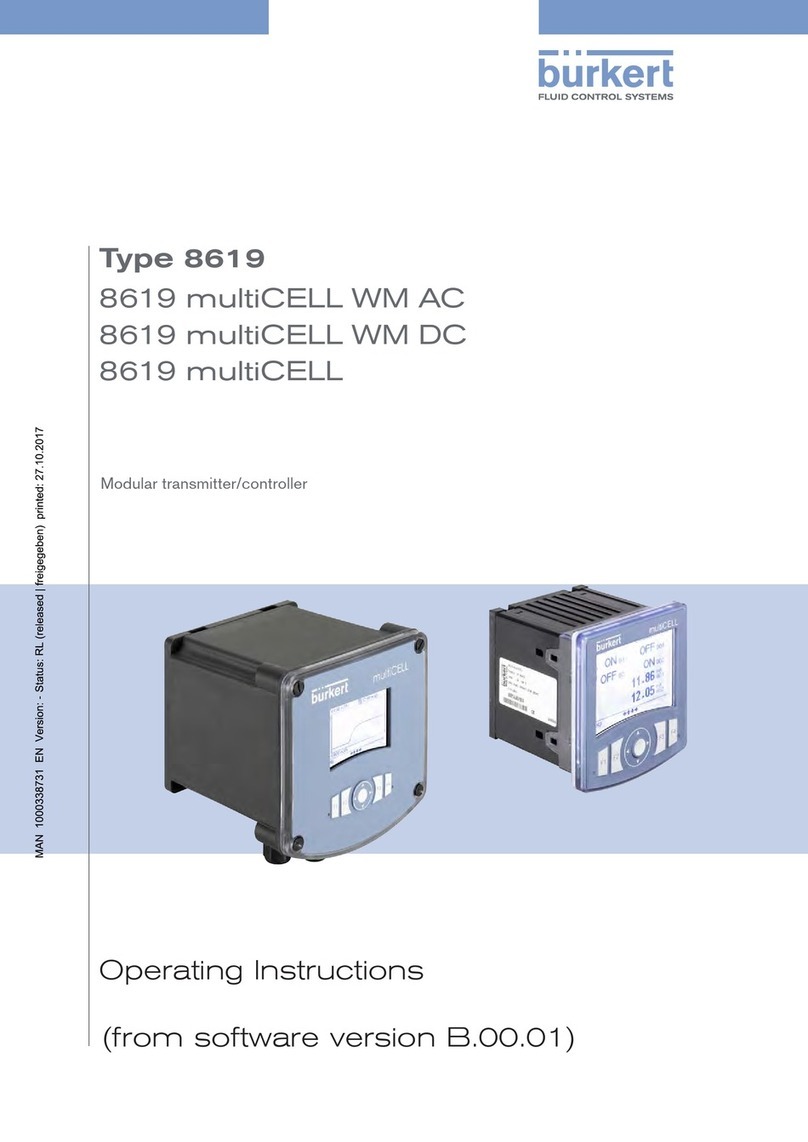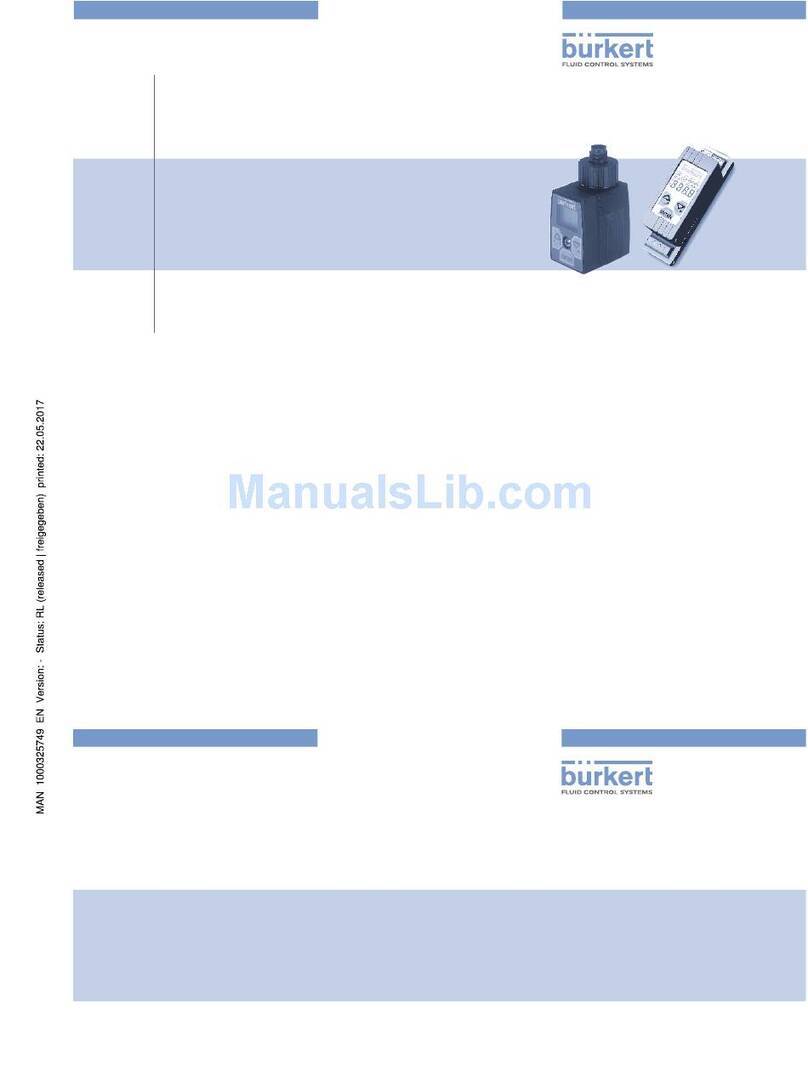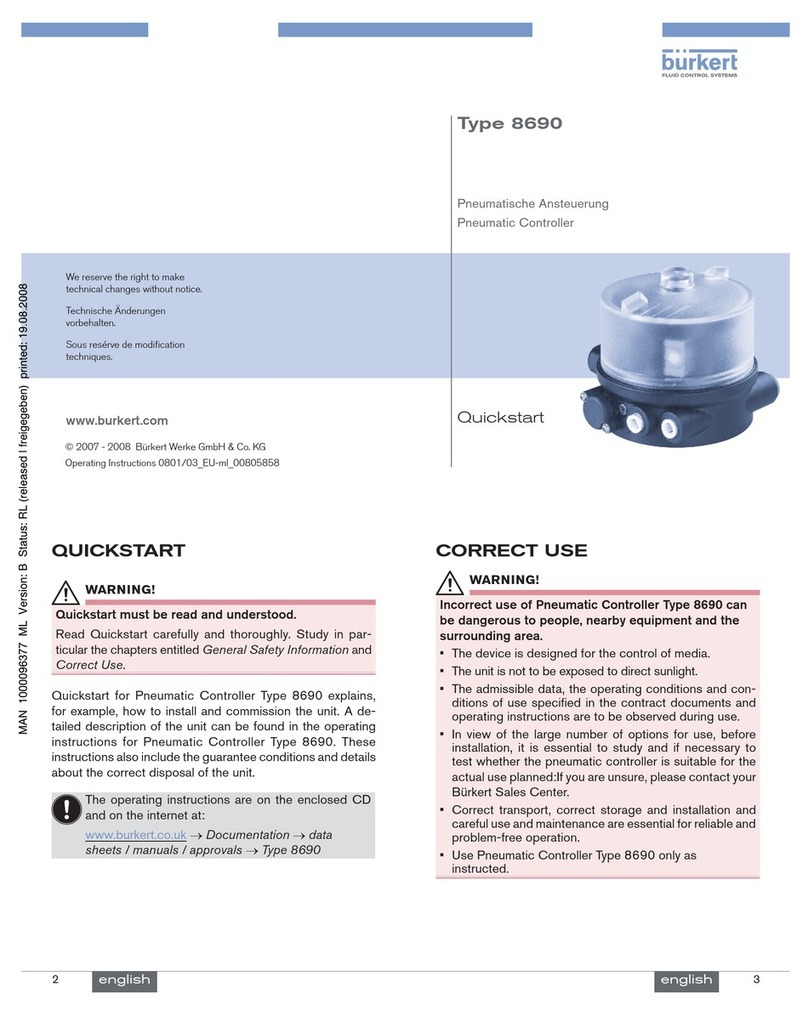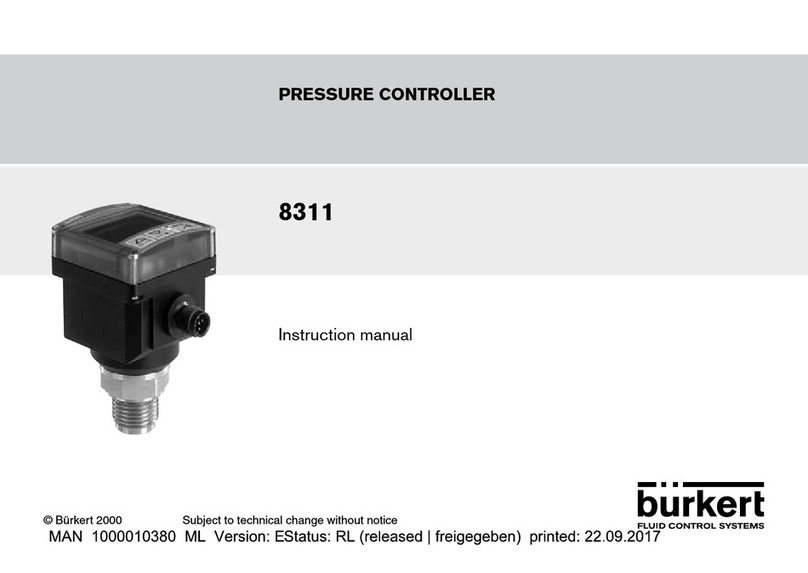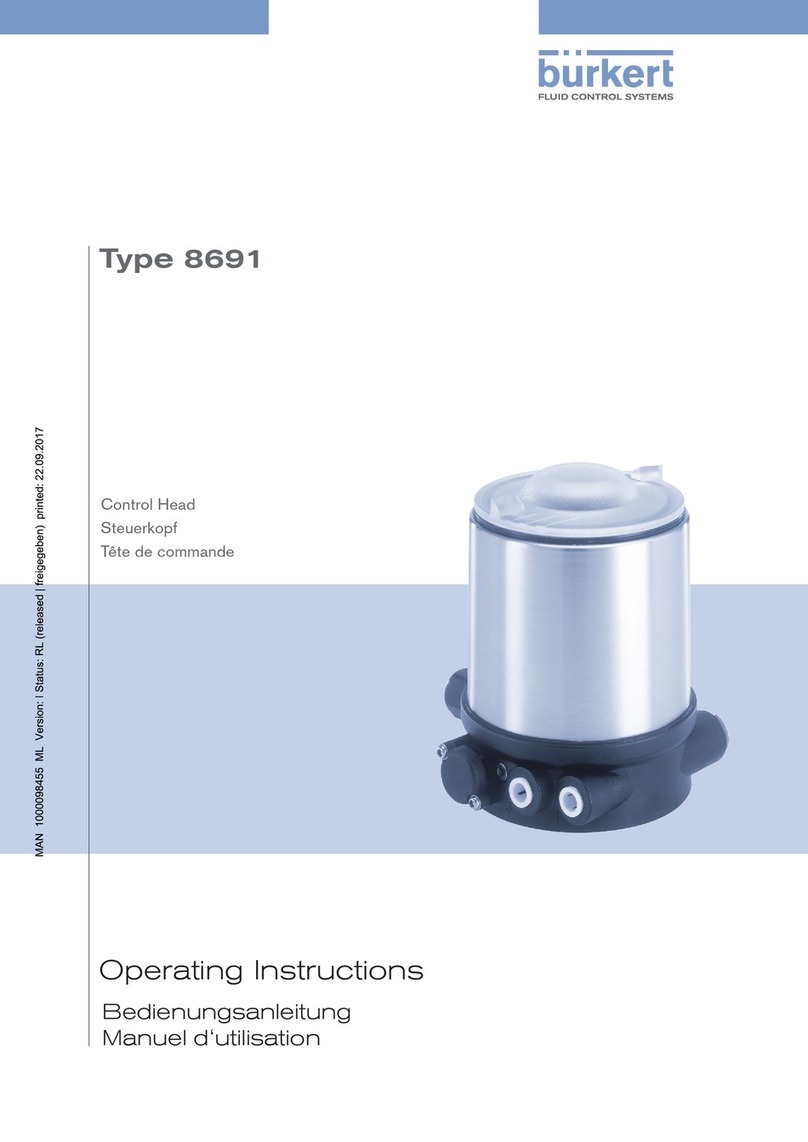
4
Type 8692, 8693 REV.2
9INTERFACES ........................................................................................................................................28
10 TECHNICAL DATA ................................................................................................................................29
10.1 Conformity..................................................................................................................................29
10.2 Standards ...................................................................................................................................29
10.3 Approvals ...................................................................................................................................29
10.4 Operatingconditions .................................................................................................................29
10.5 Typelabel ...................................................................................................................................30
10.5.1 UL additional plate......................................................................................................30
10.6 Mechanicaldata.........................................................................................................................30
10.7 Pneumaticdata ..........................................................................................................................30
10.8 Electricaldata ............................................................................................................................31
10.9 Safetyendpositionsafterfailureoftheelectricalorpneumaticauxiliarypower...................32
11 INSTALLATION......................................................................................................................................33
11.1 InstallationofdevicesfortheExarea.......................................................................................33
11.2 Type2103,2300and2301................................................................................................................... 33
11.2.1 Install switch spindle ..................................................................................................34
11.2.2 Install form seal...........................................................................................................35
11.2.3 Install Type 8692/8693................................................................................................36
11.3 Installationonprocessvalves,series26xxand27xx ....................................................................... 38
11.3.1 Install switch spindle ..................................................................................................38
11.3.2 Install Type 8692/8693.................................................................................................... 39
11.4 Rotatingtheactuatormodule....................................................................................................41
11.5 RotatingtheTypes8692/8693forprocessvalvesbelongingtoseries26xxand27xx..........43
11.6 PneumaticconnectionoftheType8692,8693 ........................................................................44
11.7 Modelwithhighairowrate .....................................................................................................45
11.7.1 Manual activation of the actuator via pilot valves.......................................................45
12 ELECTRICAL INSTALLATION 24 V DC ................................................................................................47
12.1 Electricalinstallationwithcircularplug-inconnector ..............................................................47
12.1.1 X1 - M12 circular connector, 8-pole ...........................................................................48
12.1.2 X6 - M12 circular connector, 4-pole, operating voltage .............................................49
12.1.3 X5 - M8 circular connector, 4-pole, input signals process actual value
(for Type 8693 only) ....................................................................................................50
english
